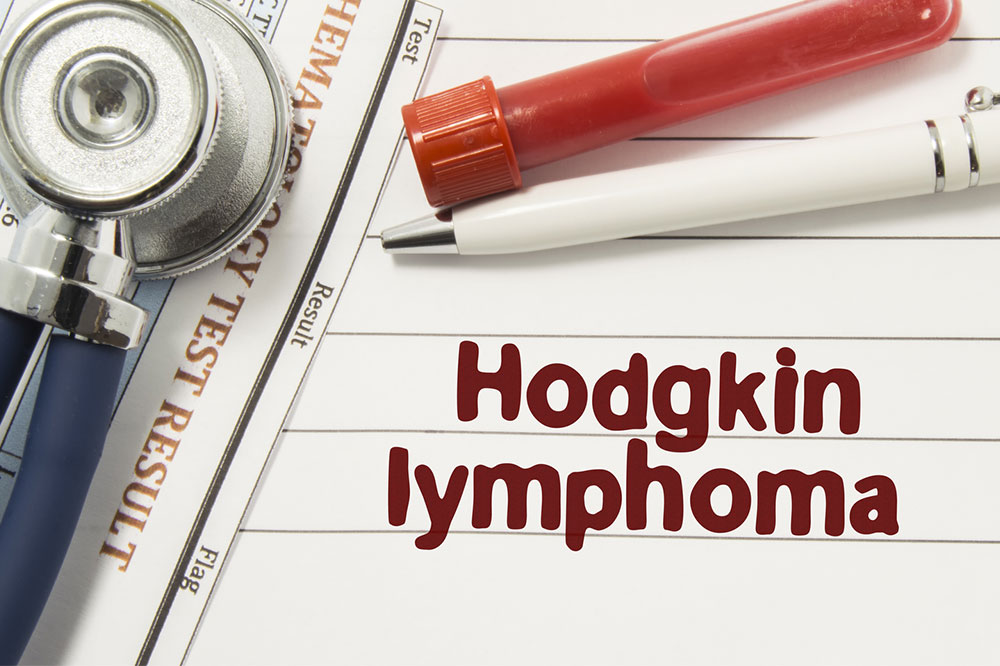
7 Risk Factors for Hodgkin’s Lymphoma
Hodgkin’s lymphoma is a type of cancer of the immune system, specifically the lymphatic system.
There’s no exact cause for this disease, but there are certain associated risk factors that one must know about. These include age, gender and genetic history. The risk factors increase an individual’s chances of developing the disease, and they vary as per one’s medical condition. Some people might even have these risk factors and never develop the cancer. However, it is essential to be aware. Here are seven risk factors for Hodgin’s lymphoma.
- Gender
Men are more likely to develop Hodgkin’s lymphoma than women. Whereas, the latter might be more at risk for the nodular sclerosis subtype of the disease. - Age
Those in their 20’s or those who have crossed the age of 55 have more chances of developing Hodgkin’s lymphoma. - Inherited disorders
If one has inherited immune disorders they may be at risk of developing the condition. This includes sarcoidosis, systemic lupus erythematosus (SLE), and immune thrombocytopenic purpura (ITP). Family history of ulcerative colitis and sarcoidosis can increase one’s susceptibility to the disease. Also, relatives of people that have Hodgkin’s lymphoma are more likely to develop it. - Having other health conditions
AIDS is one of the main risk factors for lymphoma. This is because the HIV virus that results in AIDS leads to a weakening of the immune system. Also, those who have been exposed to radiation or previous chemotherapy are at higher risk of developing Hodgkin’s lymphoma. - Place of residence
Hodgkin’s lymphoma is common in Canada, the U.S., and Europe. It is not so common in the Eastern parts of the world. For instance, Africa and Asia have the least reported cases of Hodgkin’s lymphoma. Further research is required to understand the link between where one stays and the risk of developing the disease. - Exposure to EBV
EBV or Epstein-Barr virus produces infectious mononucleosis, also known as “mono.” Those with EBV are at greater risk of developing Hodgkin’s Lymphoma. Around 25% of people with Classical Hodgkin’s lymphoma (cHL) in the U.S. have shown to have lymphoma cells that have tested positive for EBV. Even the genome of this virus is identified in 20 to 80 percent of Hodgkin’s lymphoma tumors. Most adult Americans contact the EBV virus. However, only a small number of those with EBV actually get Hodgkin’s Lymphoma. It also depends on the immune system response to an EBV-induced infection. - Environment
One’s environment may also be a risk factor for developing Hodgkin’s lymphoma. The amount of people that one interacts with right from childhood to adulthood can be a deciding factor. Those with small families, fewer siblings, fewer playmates have higher chances of developing the disease. This might possibly happen because such individuals are not actively exposed to viral or bacterial infections while growing up. This may make their immune system vulnerable to developing the cancer.


